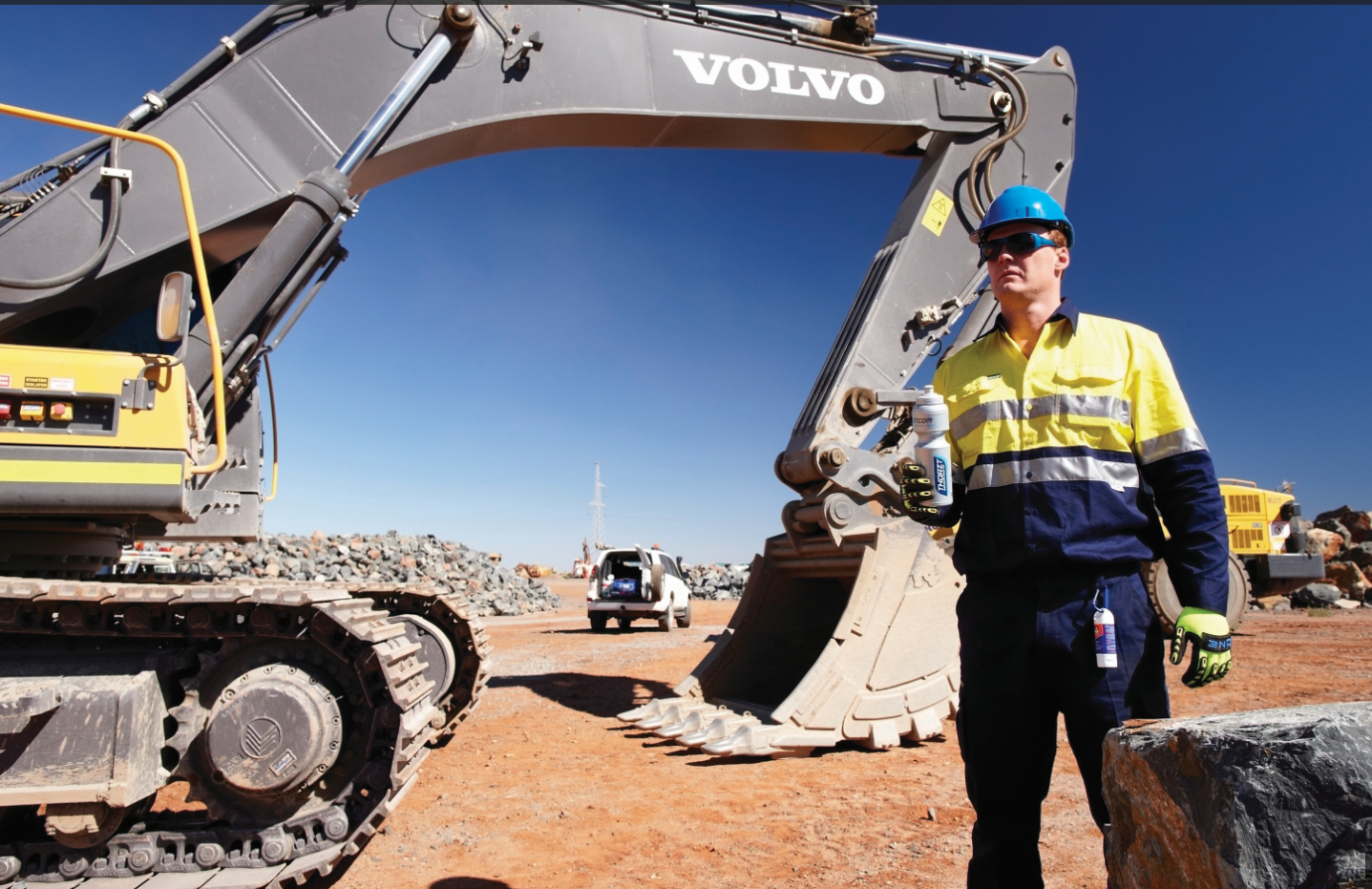
Effective strategies to reduce heat stress among workers are often not implemented by management, despite their knowing that heat negatively impacts productivity and safety, according to Thermal Physiologist, Dr Matt Brearley.
Workers too, often hold an understanding of the environmental conditions and workloads that contribute to heat stress, but may not know how to manage it, or are not provided the tools by management, according to Brearley, who runs Thermal Hyperformance, a workplace heat stress consultancy firm.
“The extent to which practical and effective cooling strategies can mitigate heat stress is not well understood,” Brearley said, adding that this is not surprising given the amount of heat stress ‘pseudoscience’ there is out there.
He told Thorzt that while there are many elements to a successful heat stress policy, quality worker education/training and methods to lower workers core temperature were key components.
Heat Stress Training:
“Five minutes of ‘on-the-job’ education – supported by evidence – is far more effective than a 30-minute pre-shift toolbox talk. I believe at least some education needs to occur in the actual work setting to be relevant and effective,” Brearley said.
“Before starting with training, the needs of the workforce should be determined,” he said, adding that measuring or quantifying heat stress is one approach to its management.
“It can be as simple as discussing the issue with the workforce and as detailed as individual testing of responses to working in the heat.”
“There are many testing options but an accurate core temperature measure is essential… Like any tool, testing is only as good as the team using it and the communication it generates.”
He suggested sharing live data with workers where possible, either on the job or during rest breaks.
Brearley said this testing can play a key role in heat stress education and lead to workers better understanding the factors that promote or negate heat related illnesses.
He recommended a brief, 10-minute-maximum, pre-shift heat stress presentation that provides testing results and implications as well as mitigation strategies
“That provides the opportunity to collect and share data, listen to feedback, discuss implementation options and tailor solutions.”
Nutrition, Exercise and Lifestyle:
Nutrition, exercise and lifestyle is a critically important component of mitigating heat stress, however Brearley said it is often seen by workers during training as “the boring stuff”.
“There’s a need to frame the message so that it’s not boring… [for example] The opportunity to go fishing during days off instead of crashing on the lounge due to poor lifestyle choices is a message that resonates with many workers.”
He said that demonstrating to workers that a small change in lifestyle can result in feeling better after work shifts or work cycles and enable them to spend their downtime doing the things they want is a powerful heat stress training tool.
Brearley emphasised that everyone’s individual response to working in the heat is different and dependent on many, often variable factors such as a minor illness which will make a worker more susceptible to heat stress.
“Workers should monitor themselves and understand that their capacity to work in the heat may change day to day,” he said.
For more details and actionable heat stress management and training strategies, download Thorzt’s Heat Stress Guide.